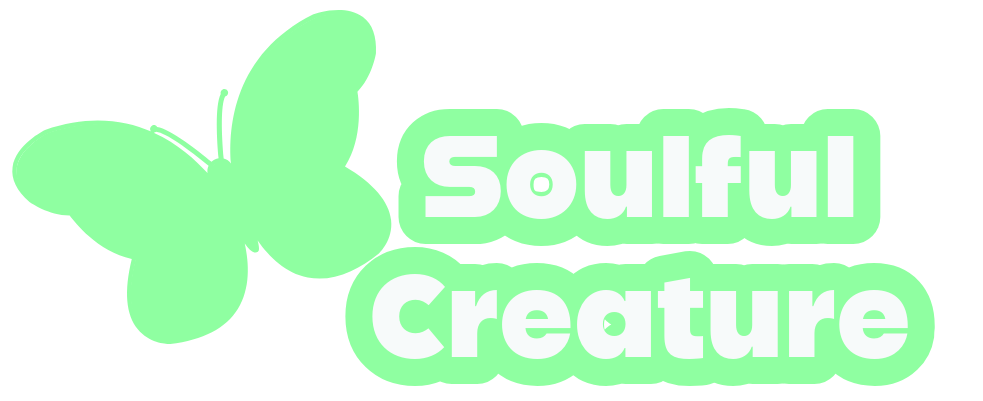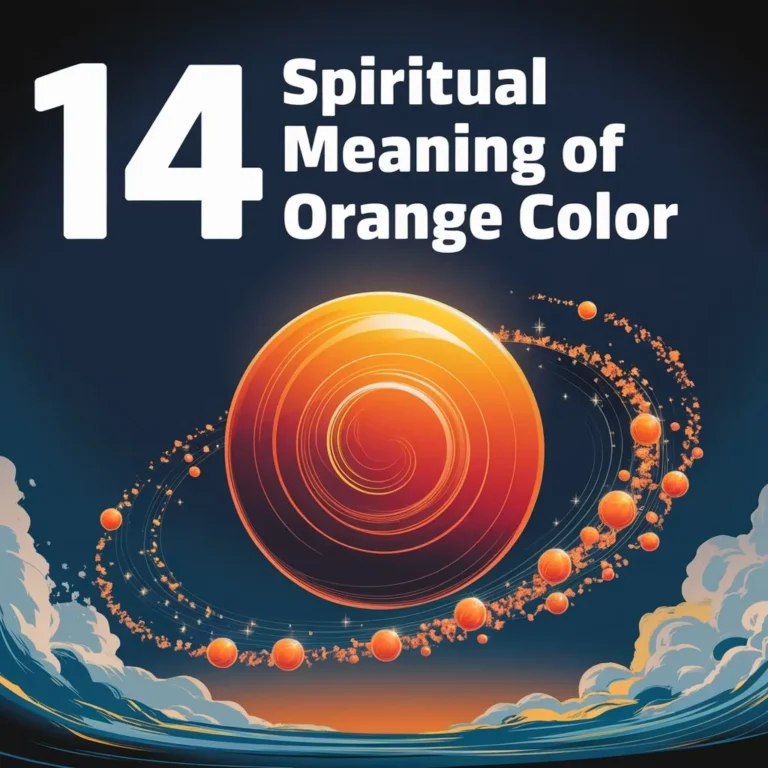The Symbolism and Meaning of the Chuppah: A Jewish Wedding Tradition
If you've ever attended a Jewish wedding, you're likely familiar with the chuppah, a canopy that shelters the couple as they exchange their vows. But have you ever stopped to think about the significance of this tradition? A chuppah is more than just a decorative element – it's a symbol of the couple's new home and their commitment to one another. Its design and structure hold deeper meanings, reflecting the couple's connection to their faith, cultural heritage, and each other. As you explore the world of Jewish wedding traditions, you'll discover that the chuppah holds many more secrets – and stories – waiting to be uncovered.
A Quick Overview
- The chuppah symbolizes the couple's new home, unified under one roof, representing a sacred space that shelters and protects them.
- The chuppah's design typically consists of four poles, adorned with fabric such as velvet, silk, or lace, reflecting the couple's style and heritage.
- The chuppah represents a couple's commitment to their faith, underscoring the marriage as a sacred partnership grounded in tradition and love.
- The chuppah serves as a tangible connection to a higher power, emphasizing the couple's bond and eternal union.
- The chuppah symbolizes the couple's new family unit, emphasizing the importance of family roots and connection to their ancestors.
History of the Chuppah
The canopy, a simple yet profound structure, has been an integral part of Jewish wedding ceremonies for centuries.
As you excavate into the history of the chuppah, you'll discover its ancient origins, which date back to the biblical era. In biblical times, a canopy was used to cover the marriage chamber, symbolizing the couple's new home.
This practice was later adopted in Jewish wedding ceremonies, where it evolved into the chuppah with which we're familiar.
Rabbinic influences played a significant role in shaping the chuppah tradition.
In the 16th century, Rabbi Moses Isserles ruled that a chuppah was a required element in a Jewish wedding ceremony, citing its biblical origins.
This ruling solidified the chuppah's place in Jewish wedding tradition.
Over time, the chuppah has become an integral part of the ceremony, symbolizing the couple's commitment to each other and their new life together.
As you explore the history of the chuppah, you'll gain a deeper understanding of this meaningful tradition and its significance in Jewish wedding ceremonies.
The Chuppah's Design Elements
As you appreciate the historical significance of the chuppah, you'll now consider its design elements, which have evolved over time while maintaining their symbolic richness.
The chuppah's structural framework is a key aspect of its design, typically consisting of four poles, often adorned with flowers or other decorations.
Structural variations may include a freestanding chuppah, attached to a wall or a doorway, or even a floating canopy.
Fabric choices also play a significant role in the chuppah's design, typically made from materials such as velvet, silk, or lace.
Some chuppahs may feature an intricate embroidery or other forms of ornamentation.
The choice of fabric often reflects the couple's personal style, cultural heritage, or the season in which the wedding takes place.
- Natural soy 6 oz candle for Negative Energy & People
- Includes Sage, Himalayan Crystal Salt and Essential Oils in Every Candle
- Natural soy 6 oz candle for cleansing negative energy
- Includes Sage, Rose, Lavender and Essential Oils in Every Candle
- Dragon’s Blood Infusion: Infused with Dragon’s Blood resin, this pure sea salt helps amplify...
- Versatile for Candle Magic & Spells: Boost the potency of your manifestation spells, candle rituals,...
- Natural Sea Salt for Purification: Crafted from pure sea salt, it’s used for energy purification,...
- Ideal for Rituals & Spellwork: Use this natural sea salt in rituals like spellwork, altar...
- FOR USE IN PROTECTION & PURIFICATION RITUALS - Our Spell Breaker Bath Salts are for use in any type...
- ]HERBS & ESSENTIAL OILS - Made with Peony, Rue, Agrimony, Mint, Asafoetida, Burdock, Rosemary, Devil...
For example, a spring wedding might feature a light, airy fabric, while a winter wedding might opt for a heavier, more luxurious material.
By thoughtfully selecting the fabric and structural elements, couples can create a chuppah that reflects their unique love story and connection to the Jewish tradition.
These design elements are carefully chosen to enhance the meaning and symbolism of the chuppah.
Symbolism of the Canopy
In Jewish tradition, a canopy symbolizes a couple's new home, unified under one roof.
As you stand beneath the chuppah, you're reminded that your union is the foundation of a new life together. The canopy's cultural significance lies in its representation of a sacred space, one that shelters and protects the couple from the outside world.
This symbolism is deeply rooted in Jewish tradition, where the home is considered a sacred institution.
The canopy also holds spiritual essence, as it's believed to represent the divine presence that blesses the union.
In this sense, the chuppah serves as a tangible connection to a higher power, underscoring the couple's commitment to one another and to their faith.
As you exchange vows beneath the canopy, you're not only promising to love and cherish each other, but also to create a home that's infused with spiritual values and principles.
The canopy's symbolism reminds you that your marriage is a sacred partnership, one that's grounded in tradition, faith, and mutual love.
Representation of the Home
Standing beneath the chuppah's canopy, you're surrounded by a symbolic representation of your new home – a sanctuary that's both physical and spiritual.
This sacred space is designed to evoke feelings of safety, security, and protection, reminiscent of the private sanctuary that will be your home. As you set out on this new journey together, the chuppah serves as a powerful reminder of the importance of establishing a strong family foundation.
In Jewish tradition, the home is considered a sacred space, a place where love, laughter, and memories are created.
The chuppah's representation of the home underscores the significance of building a life together, one that's grounded in mutual respect, trust, and commitment. As you stand beneath the chuppah's canopy, you're not only exchanging vows, but also promising to create a home that's a haven of peace, love, and tranquility.
The chuppah's symbolism of the home serves as a powerful reminder of the importance of nurturing your relationship and building a strong family foundation. This sacred space sets the tone for a lifetime of love, growth, and happiness together.
Marriage Foundation and Unity
The chuppah's symbolism extends far beyond the representation of the home, serving as a powerful reminder of the importance of establishing a strong marriage foundation and unity.
As you stand under the chuppah, you're reminded that your union is a sacred covenant partnership, built on mutual respect, trust, and commitment. This partnership isn't just a bond between two individuals, but also a union between two families, and a connection to the community at large.
The chuppah represents the eternal bond that you're about to form with your partner. This bond isn't just a physical union, but a spiritual and emotional one as well.
As you exchange your vows under the chuppah, you're making a promise to one another to stand together through all of life's joys and challenges. The chuppah serves as a powerful reminder of the importance of unity and togetherness in your marriage, and the need to work together to build a strong and lasting foundation.
Shelter From Life's Storms
Your union under the chuppah serves as a symbolic shelter from life's storms, shielding you and your partner from the challenges that inevitably arise in marriage.
This ancient tradition offers a powerful reminder that your bond is strong enough to withstand even the most turbulent of times. As you stand together under the chuppah, you're reminded that your love and commitment to one another can serve as a beacon of hope and stability in the midst of life's chaos.
The chuppah's symbolism is particularly poignant in the context of stormy relationships and complex family dynamics.
As you navigate the intricacies of married life, the chuppah serves as a constant reminder of the love and unity that brought you together. By embracing the chuppah tradition, you're declaring to the world that your relationship is a source of strength and comfort, a sanctuary from the storms that inevitably arise in life.
This powerful symbol of unity and protection can be a source of inspiration and guidance as you build a life together.
Completing the Couple
Marriage is often seen as a union of two incomplete halves becoming one whole, and the chuppah tradition beautifully embodies this idea in the Jewish wedding ceremony.
As you stand under the chuppah, you're not just committing to each other, but also acknowledging that you're two individuals coming together to form a complete union.
This concept is deeply rooted in Jewish tradition, where a man and woman are seen as two halves of the same soul.
The chuppah serves as a symbol of this union, representing the fusion of two individuals into one complete whole.
This cultural fusion isn't just about combining two families, but also about creating a new, cohesive unit.
As you exchange your vows under the chuppah, you're promising to support each other, to laugh and cry together, and to build a life filled with emotional intimacy.
The chuppah's open sides remind you that your relationship isn't just about the two of you, but also about the world around you, and the love and support that you'll share with others.
Connection to Jewish Heritage
Jewish heritage weaves a rich tapestry around the chuppah tradition, tracing its roots back to biblical times when a couple would stand under a simple canopy to exchange their vows.
As you explore into the history of the chuppah, you'll discover its deep cultural significance in Jewish tradition. This structure represents the home the couple will build together, symbolizing their future life as a married couple.
The chuppah's connection to Jewish heritage also emphasizes the importance of family roots. In Jewish tradition, family is a crucial component of one's identity, and the chuppah serves as a reminder of the new family unit being formed.
When you participate in a chuppah ceremony, you're not only honoring your heritage but also strengthening your connection to your ancestors. The chuppah's presence in your wedding ceremony allows you to tap into the collective experiences and traditions of your people, creating a sense of continuity and belonging.
Chuppah and the Wedding Ceremony
As you weave the chuppah into your wedding ceremony, the symbolic structure takes on a new dimension, becoming an integral part of the ritual that unites you and your partner.
The chuppah serves as a physical reminder of the union you're about to undertake, and its placement at the center of the ceremony underscores its importance. Typically, the chuppah is positioned at the front of the ceremony space, often adorned with flowers or greenery, adding a touch of elegance to the wedding decor.
As you stand beneath the chuppah, you'll participate in a series of ceremonial rituals that mark the beginning of your new life together.
The chuppah's canopy provides a sense of intimacy and seclusion, allowing you to focus on the words and actions that will bind you to your partner. The rabbi or officiant will guide you through the ceremony, which typically includes the recitation of the ketubah, the exchange of rings, and the breaking of the glass.
As you move through these rituals, the chuppah remains a constant presence, a reminder of the commitment you're making to one another.
Spiritual Significance and Blessings
Under the chuppah's canopy, you'll recite blessings and prayers that imbue your union with spiritual significance.
This ancient tradition marks the beginning of a new life, filled with love, commitment, and Divine Protection. As you stand together, surrounded by family and friends, the chuppah serves as a reminder of the sacred bond you're about to form.
The blessings recited during the ceremony are an integral part of the Jewish wedding tradition.
They acknowledge the union as a sacred act, blessed by God, and ask for His guidance and protection. The Sheva Brachot, or Seven Blessings, are a key component of the ceremony, expressing gratitude for the joy of marriage and the gift of love.
These blessings emphasize the couple's commitment to one another, and the community's role in supporting and nurturing their Eternal Bond. By reciting these blessings under the chuppah, you seal your love and commitment, and set out on a lifelong journey together, strengthened by the power of tradition and faith.
The chuppah's spiritual significance is a powerful reminder of the love and devotion that you share.
Traditions Surrounding the Chuppah
Traditionally, the chuppah has been an integral part of the wedding ceremony, and its setup and surroundings are steeped in custom and symbolism.
You'll notice that the chuppah is often positioned in a way that allows the couple to face the Ark or the synagogue, symbolizing their connection to the community and their commitment to upholding Jewish tradition.
The wedding party typically enters the ceremony area through a procession, accompanied by music and singing.
This festive atmosphere sets the tone for the celebration to come.
As you prepare for the ceremony, you may also notice that the chuppah is often decorated with flowers, greenery, or other ornaments.
These embellishments add to the beauty and significance of the chuppah, emphasizing its importance as a symbol of the couple's new home and their commitment to one another.
Choosing the Right Chuppah
When selecting a chuppah, you'll want to ponder several key factors that reflect the couple's personal style, wedding theme, and cultural heritage.
Chuppah styles vary widely, ranging from simple, unadorned canopies to elaborate, intricately designed structures. Consider the overall aesthetic and atmosphere you want to create for your wedding ceremony.
If you're planning a traditional or Orthodox wedding, you may want to opt for a more classic, simple chuppah design.
If you're having trouble finding the perfect chuppah, consider consulting with experienced Chuppah makers who can guide you through the process.
These skilled artisans can help you choose a style that complements your wedding theme and create a custom design that reflects your personal taste. Additionally, many Chuppah makers offer a range of options, including portable chuppahs, which can be easily set up and taken down, making them ideal for outdoor or destination weddings.
By carefully considering your options and seeking the expertise of Chuppah makers, you can find the perfect chuppah to serve as the beautiful focal point of your wedding ceremony.
This thoughtful choice will add depth and meaning to your special day.
Creating a Personal Chuppah
Your chuppah decor can also reflect your personal style, whether that's classic and elegant or modern and eclectic.
Consider the colors, textures, and patterns that speak to you as a couple, and incorporate them into your chuppah design.
You may also choose to include personal items such as photos, quotes, or meaningful objects that represent your journey together.
By incorporating these elements, you'll create a chuppah that not only provides a sacred space for your wedding ceremony but also serves as a meaningful representation of your love and commitment to one another.
This personal touch will make your wedding ceremony even more memorable and special.
The Chuppah's Lasting Impact
Beyond the confines of your wedding day, the chuppah's significance extends into the life you'll build together.
This sacred structure, with its rich history and symbolism, leaves a lasting legacy that can shape your marriage and family for years to come.
The chuppah's emotional significance is deeply personal, representing your love, commitment, and unity with your partner.
As you begin your life together, you'll draw upon the values and ideals embodied by the chuppah, from the importance of home and family to the pursuit of love and companionship.
As you navigate life's joys and challenges, the chuppah's presence in your home can serve as a powerful reminder of your vows and the love that you share.
You may choose to display your chuppah in a place of prominence, using it as a symbol of your enduring commitment to one another.
Alternatively, you may incorporate elements of the chuppah into your daily life, such as using the same fabric or ritual objects in your home.
Whatever your approach, the chuppah's lasting impact is sure to be felt for years to come.
Frequently Asked Questions
Can a Chuppah Be Used in a Non-Jewish Wedding Ceremony?
You're considering incorporating a chuppah in your non-Jewish wedding, reflecting an intercultural fusion that's increasingly popular among non-traditional couples. You can absolutely use a chuppah, symbolizing unity and commitment, as a beautiful, meaningful addition to your ceremony.
How Tall Does a Chuppah Typically Need to Be?
You consider a chuppah's height, typically ranging from 7 to 10 feet, to guarantee structural integrity and balance, while also allowing for unobstructed views and a sense of intimacy for the couple beneath it.
Are There Specific Flowers Used for the Chuppah?
You'll often find wedding blooms like roses, peonies, and hydrangeas in chuppah floral arrangements, chosen for their beauty, symbolic meanings, and fragrance, creating a breathtaking canopy that envelops the couple on their special day.
Can the Chuppah Be Used in a Same-Sex Wedding?
You're witnessing a cultural evolution as modern norms increasingly recognize same-sex unions, and the chuppah, a symbol of unity, is being welcomed in many Jewish same-sex ceremonies, embracing love and commitment.
Is It Customary to Reuse a Chuppah in a Family?
You may inherit or reuse a chuppah in your family, as it becomes a meaningful family heirloom, carrying personal significance across generations and strengthening family bonds through shared tradition and heritage.

Sofia Phillips is a renowned spirituality expert and the visionary behind SoulfulCreature.com. With a compassionate heart and an enlightened mind, Sofia embarks on a quest to guide others through the realms of spirituality. Her approach is deeply rooted in providing a nurturing and positive experience, allowing individuals to explore and grow in their spiritual journey.






